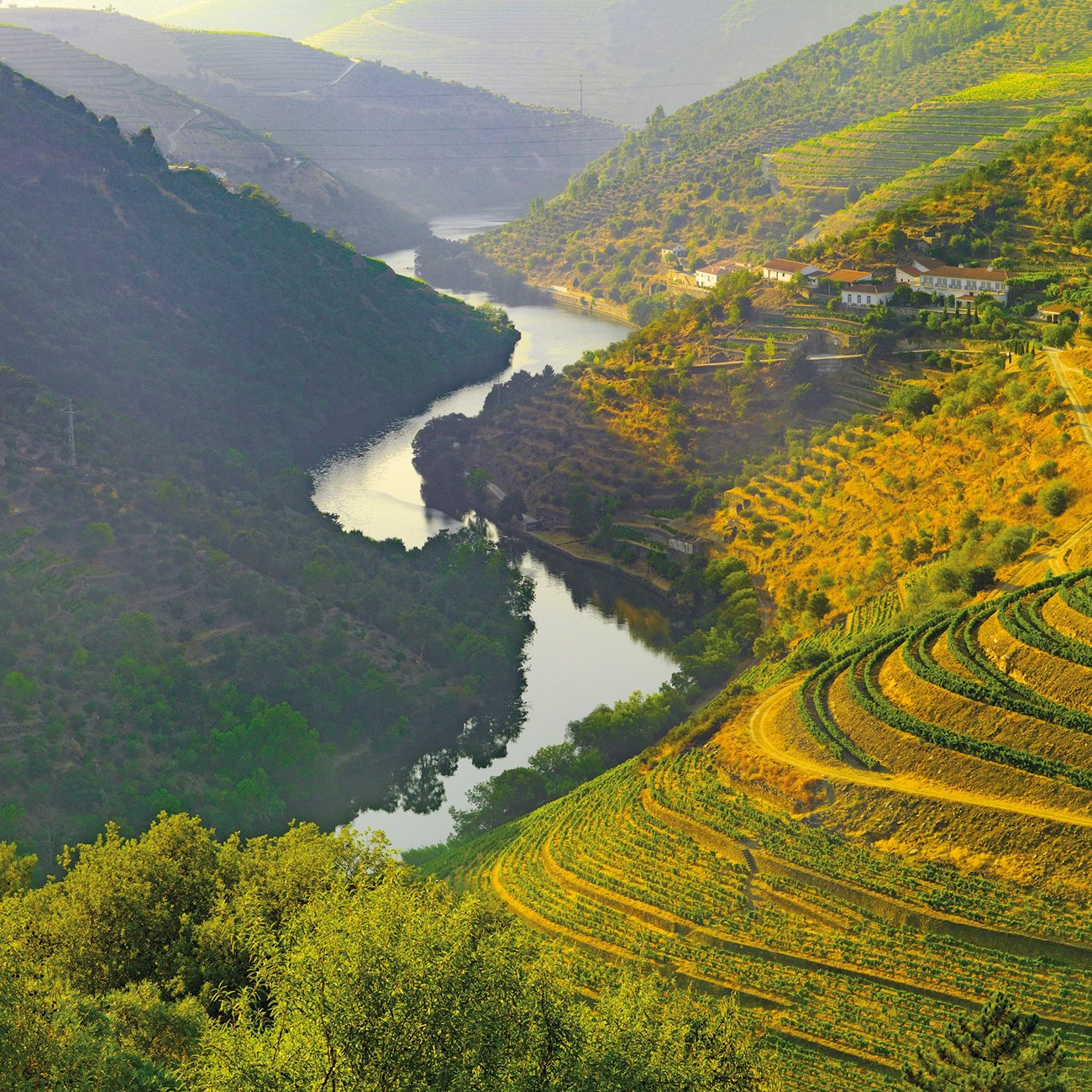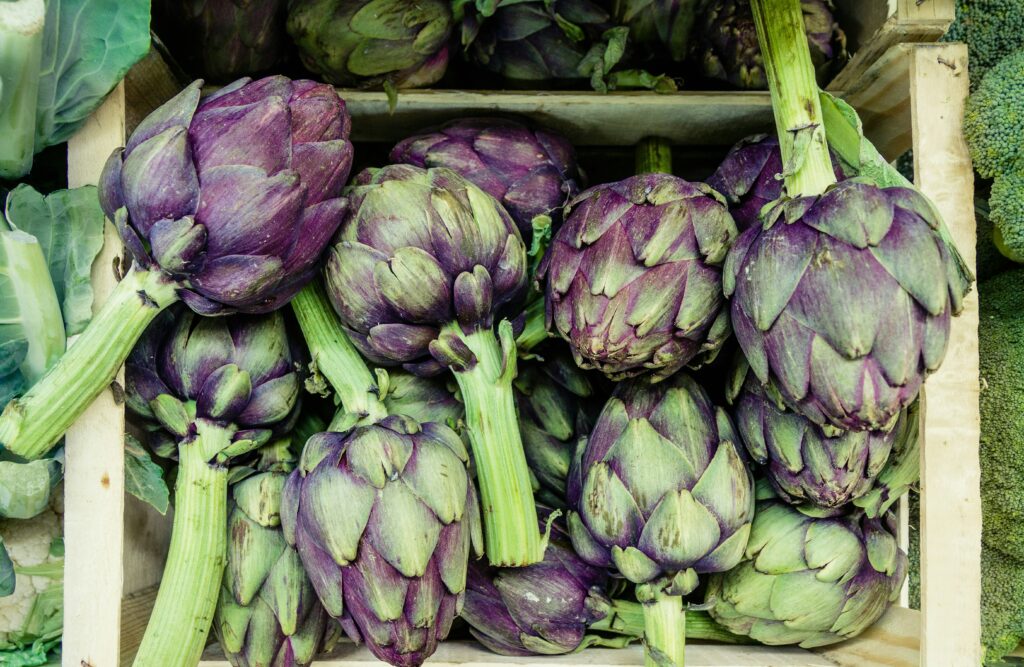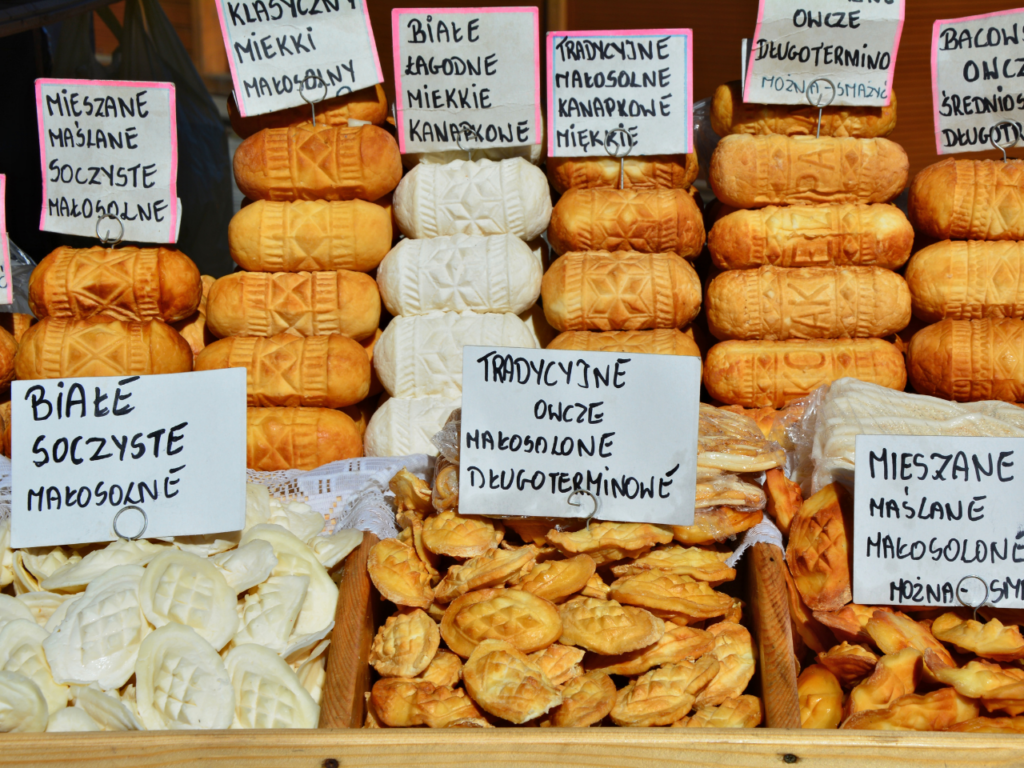Season’s Eatings: 4 Destination Experts Share Their Dream Spring Dishes
The changing of the seasons means that spring has sprung, and this is reflected not just in the warmer weather and blossoming flowers, but in the vibrant, fresh and life-giving spring dishes that come with it. With longer, warmer evenings around the corner, our thoughts might turn to outdoor dining, dusting off the BBQ and heading down to our local farmer’s market to gather up bagfuls of squeaky green veg to turn into zesty salads, crunchy stir-fries or colorful side dishes to accompany a leg of lamb or a spring chicken main.
It made us wonder: for our Destination Experts stationed across Europe, what are the dishes that either herald the changing of the season for them, or that they turn to in the kitchen. So we asked four of our foodiest team members they’re currently dreaming about, cooking for their friends and loved ones or dining on at their local restaurants. You’ll want to dig your recipe notebook out for this one – you can even find some of our experts’ recipes at the bottom of the page.
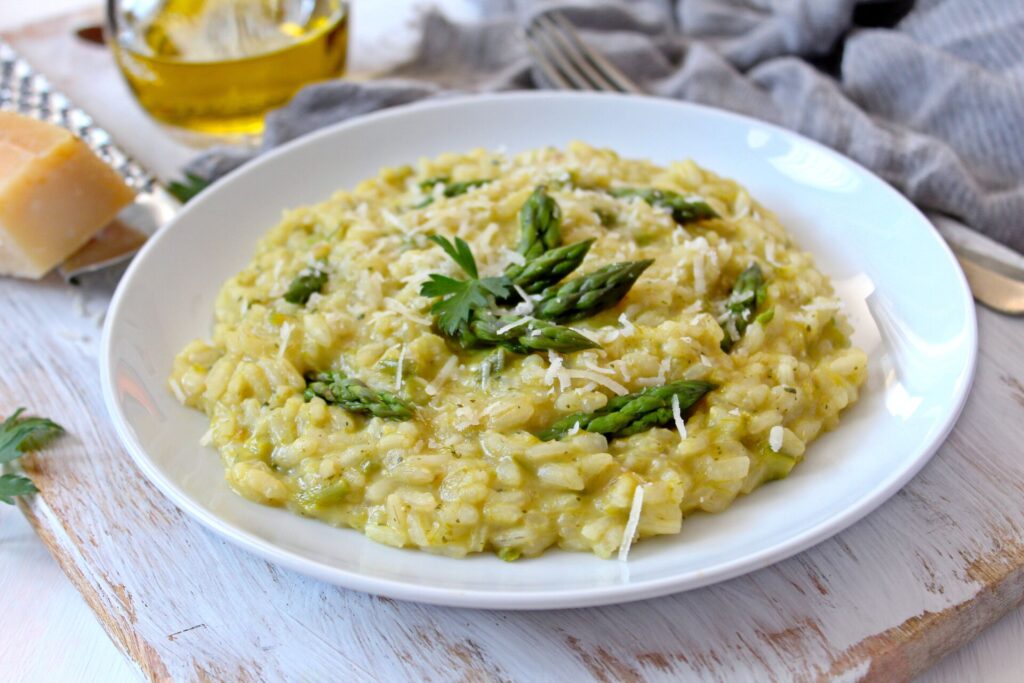
1. Anna, Italy
“After the hearty comfort food of winter, it is a joy to see the colourful spring produce arrive on the market stalls throughout Italy,” says Italian Local Expert Anna. “Fresh vegetables such as asparagus and artichokes are really tasty when they are in season, and Italians cannot understand why anyone would want to eat food out of season.”
“I have a couple of favourite spring dishes which are served up regularly to our guests during their travels. The first is an asparagus risotto. It is essential is to have fresh ingredients. Ensure that your garlic, onions and asparagus are the freshest available. You’ll need taleggio cheese, butter, fresh parmesan cheese.”
“My second typical springtime dish is called panzanella. It is essentially a salad made with tomatoes and bread. This is a theme throughout the Mediterranean where people would not waste their previously fresh bread when it starts to get old but would throw it into a salad.”

Their taste isn’t the only reason percebes are a delicacy – harvesting them is dangerous work, sometimes requiring a dive under water.
2. Kristy, Portugal
Kristy has been a Travel Director for 11 years, specializing in Spain and Portugal since 2017 and having lived in Porto for two years – and one of her favorite spring dishes is harvested out to sea. “In my honest opinion, Portugal has some of the freshest and most varied seafood offerings in the world,” she says.
“We are spoilt all year round but to me the real sign that the seasons are changing is when I start to see one of my absolute favourites – an unusual food called percebes (or goose barnacles) that I had never heard of before I came here. There are no farms, only wild harvest off the large slippery boulders that sit offshore, constantly pummelled by waves. Spring starts to see the first calm waters and the fisherman can more safely access the barnacles.”
“They are a delicious delicacy despite their ugly exterior (some people say they look like bird feet). They are a sweet, soft and delicate flavour – people often compare them to a cross of a lobster and a clam. Portugal and the sea go hand in hand. Nothing says the seasons are changing more than the appearance of Percebes.”
3. Diana, Sicily
“There is no better time to visit Sicily than the springtime, when the vegetation in this magnificent island truly springs to life, and the perfume of lemon blossom, jasmine and roses fills the air,” Sicily Local Expert Diana tells us.
“Families will enjoy the first convivial celebration of the year on Easter Sunday, an occasion even more important than Christmas. A prominent place on the table will be occupied by a large bowl of frittedda, a deliciously aromatic combination of the luscious local vegetables that are now at their best.”
“Artichokes, fava beans and baby peas cooked together with loving care, a perfect side dish that can also form the main course at supper, and it is equally good hot or cold. A humble preparation of ancient origin and once a springtime mainstay, you will rarely find frittedda in Sicilian restaurants – this is family food.”
“All the family members would help with the lengthy preparation of the frittedda, shelling peas and beans and trimming artichokes. Unfortunately, many families are unable to find the time to make the real thing, and sadly frittedda will probably disappear from memory in a few years’ time.”
4. Andreas, Germany
Chef Andreas, owner of Rhein Hotel Bacharach in the Rhine Valley, sources nearly all of his produce locally within a circumference of around 30 kilometers. “We are a slow food restaurant, which means we prioritise locality and seasonality when it comes to ingredients,” he says, noting his long-standing relationships with producers spanning 40 years.
What does spring mean for him and his cooking? “The first goats, lambs and young goats are now available, fresh wild garlic (wild green garlic), asparagus and, thanks to the warm winter, the first turnips.”
SAVE UP TO $2,000 PER COUPLE* ON YOUR FIRST PREMIUM TOUR.
Plus receive latest offers, travel inspiration, and discover how your travels will make a positive impact. Together, WE MAKE TRAVEL MATTER®. Subscribe Now5. Spring vegetables: the time is now
Fresh produce tastes best when it’s in season, so here’s your ultimate spring vegetable guide of what to eat throughout the season. Keep this handy to make sure your spring dishes are as fresh and delicious as possible.
With locally-inspired vegetarian choices on offer whenever you travel with Insight Vacations, when you come on-tour with us in spring you’ll get to tuck into seasonal spring dishes packed full of flavor and flair.
March
- Asparagus
- Wild garlic
- Morel mushroom
- Leek
- Savoy cabbage
- Broccoli
April
- Artichoke
- Arugula
- Jersey Royals potato
- Kale
- Broad bean (fava bean)
May
- Radish
- Peas
- Pak choi
- Fennel
- Marrow/courgette

A variety of thistle, technically an artichoke is a flower bud that hasn’t bloomed yet – no wonder they’re a spring favorite!
6. Spring desserts: sweeten the deal
Fruits are getting sweeter and juicier throughout springtime – Kristy recalls the influx of cherries that flood the local Portuguese markets, while “street vendors will pop up on the side of the road selling cherries from their yard”. Here are three globetrotting spring desserts to sate your sweet tooth.

Finland: Rhubarb pie (Raparperipiirakka)
The bright green leaves and pink flesh of rhubarb signal the beginning of spring in Finland (and yes, we know it’s technically a vegetable – but that doesn’t mean it’s not delicious in a dessert), and it’s never more delicious than in a traditional raparperipiirakka (also known as a rhubarb pie). Slightly sweetened rhubarb is laid on a light fluffy sponge base and baked. Seeing as Finland is the number one consumer of coffee in the world, it makes sense to have this with a strong brew to cut through the sweetness.
UK: Apricot Tart
Apricots come into season in the UK in early May, running through until the late summer as far as September. They make a delicious pairing with almonds, working particularly well in a frangipane tart (not dissimilar to the much-loved British dessert, Bakewell tart, which is made with cherries – though these aren’t in season until June or July).
Italy: Strawberry panna cotta
Italian cuisine is loved for its simplicity, and panna cotta, which translates to “cooked cream” in Italian, is one of the most simple and delicious desserts brimming with vanilla pods. While most simple dishes aren’t to be messed with, in April strawberries are in season in Italy. The sweet acidity of fresh strawberries is the perfect balance to the decadence of the panna cotta. Ask any Brit – strawberries and cream is never a bad idea.
7. Spring drinks: cool and colorful
The weather is warming up, which means your drinks will be cooling down. Spring calls for refreshing drinks, and here are three cocktails that’ll quench your thirst on a bright spring day – while incorporating seasonal flavors.
Garden Gimlet
This take on a classic gimlet is made all the more refreshing by the addition of cucumber and basil – it’s not only perfect for spring in flavor, but its color is an homage to the new spring blooms and greenery that’s beginning to grow.
Ingredients:
- 2 ounces gin
- ½ lime
- ¼ cup cucumber cut into one inch pieces
- 2 leaves fresh basil roughly chopped
- 0.5 ounces sugar syrup
- 1 cup ice cubes
Method: Muddle the lime, cucumber, and basil leaves in shaker. Add the gin, sugar syrup and ice, and shake. Strain into a tumbler glass over ice, and garnish with lime slice and cucumber ribbon.

Purple Rain
Floral flavors for spring is always going to be a hit, and the elderflower in this Purple Rain cocktail just screams spring. The key here is fresh ingredients to stop it becoming overly sweet, with fresh blueberries in the syrup bringing a delicate fruitiness and herbaceous fresh bay leaves taming the sweetness.
Ingredients:
- 1.5 oz. gin
- 0.5 oz. blueberry syrup
- 0.5 oz. fresh lime juice
- 0.5 oz. St. Germain
- Splash of soda
- Bay leaves
Method: Add all your ingredients (except the soda water) to a shaker with ice, and shake thoroughly for 30 seconds. Strain into a tumbler glass over a large ice cube. Top off with a splash of soda water and garnish with an edible viola flower.
Bee’s Knees
A classic Prohibition-era cocktail, the Bee’s Knees is simple and effective. Why not make your own honey syrup with local honey to add a sustainable, local twist?
Ingredients:
- 2 oz. gin
- 0.75 oz. fresh lemon juice
- 0.5 oz. honey syrup
Method: Add the gin, lemon juice, and honey syrup into a shaker with ice, and shake well. Strain into a chilled coupe glass and garnish with a lemon twist.
8. Our Experts’ Spring Recipes
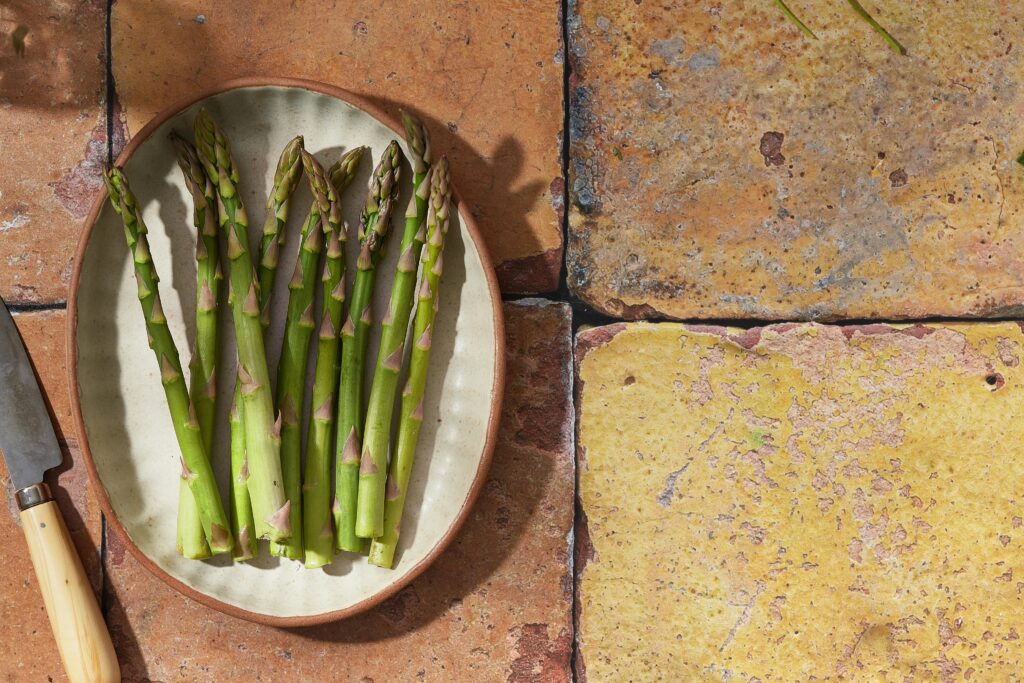
Anna’s Asparagus Risotto (serves 4)
- 350g risotto rice
- 600g asparagus
- 1 clove garlic
- 1 fresh onion
- 100ml white wine
- 1.5L vegetable stock
- 200g taleggio cheese (or brie)
- 60g butter
- 70g Parmesan cheese
- Aromatic herbs (eg. taragon or marjoram)
- Salt & pepper
- Extra Virgin Olive Oil
Method:
Ensure that your garlic, onions and asparagus are the freshest available. You’ll need taleggio cheese – or brie, butter, fresh parmesan cheese… and of course white wine and rice; preferably Carnaroli or Vialone Nano varieties but Arborio will also work.
In a heavy bottomed pan fry the chopped garlic in Extra Virgin Olive Oil then add the finely chopped asparagus and cook on a very low heat for 10 minutes. In a separate pan fry the finely chopped onion and gently soften in extra virgin olive oil. Pour in the rice and coat it in oil. Then add white wine and stir. Add hot stock and after 10 minutes on a medium heat add the asparagus mix. Cook for another 7 minutes then take the pan off the heat.
Add the butter and freshly grated parmesan cheese to give a creamy texture, careful not to ‘cook’ the dairy ingredients – only add once you have taken the risotto off the heat. Delicious!
Diana’s Family Frittedda (serves 4)
- 8 tender new artichokes
- 1.5kg young broad beans
- 1kg baby peas
- 4 spring onions
- 3 tbsp White wine vinegar
- Good olive oil, possibly Sicilian
- Mint and parsley leaves to garnish
- Salt & pepper
Method:
Shell the peas and beans, remove the outer leaves of the artichokes, trim off the tops and slice them lengthwise. Thinly slice the spring onions. Pour a generous lug of olive oil into your favourite pot, earthenware if you have it, and soften the spring onions over a low heat. Add the artichokes, then the beans and lastly the peas, stirring constantly.
Season with salt and pepper and cover the vegetables with just enough hot water. Cover with a lid and cook for about 30 minutes, stirring occasionally. When your frittedda is nearly ready, add three tablespoons of white wine vinegar. Before serving, shred some mint and parsley leaves on top, and enjoy!
Do you have any favorite spring dishes or drinks? Let us know!

LIKED THIS POST? SHARE WITH YOUR COMMUNITY
